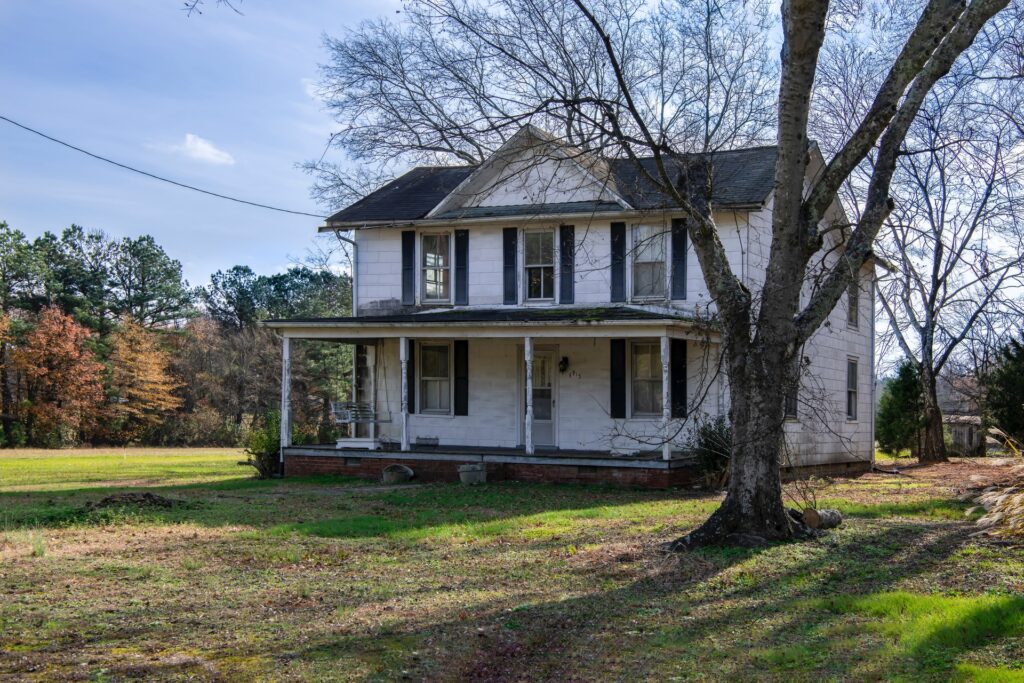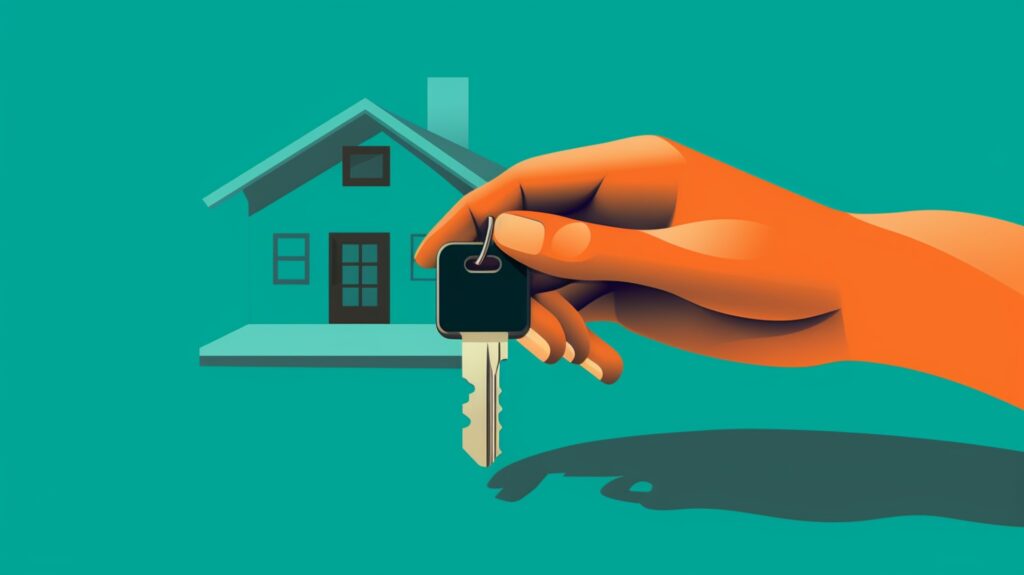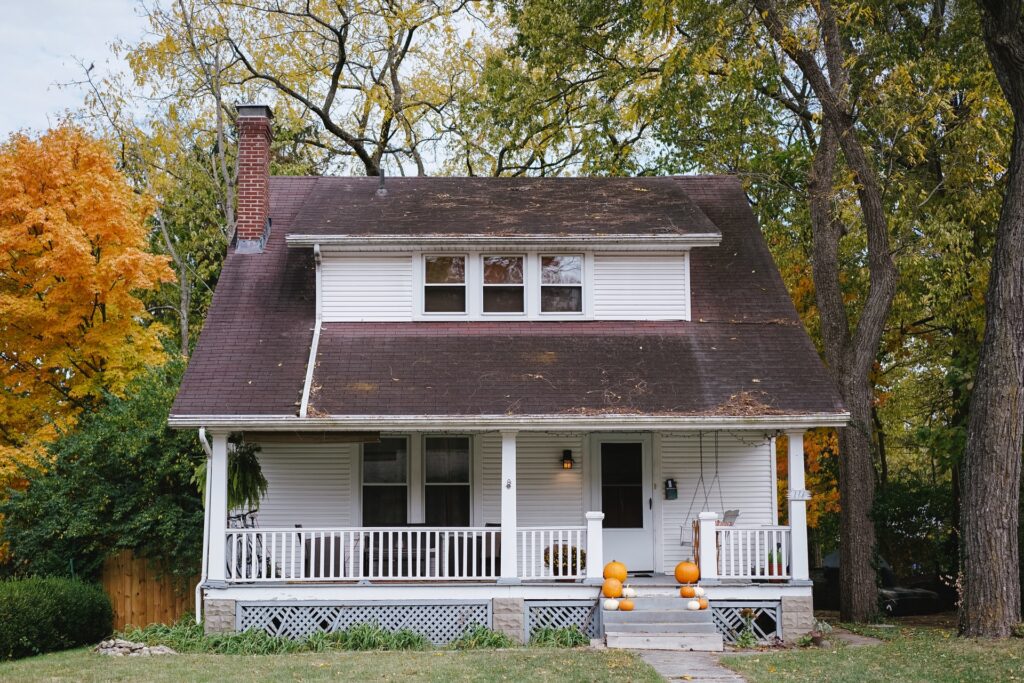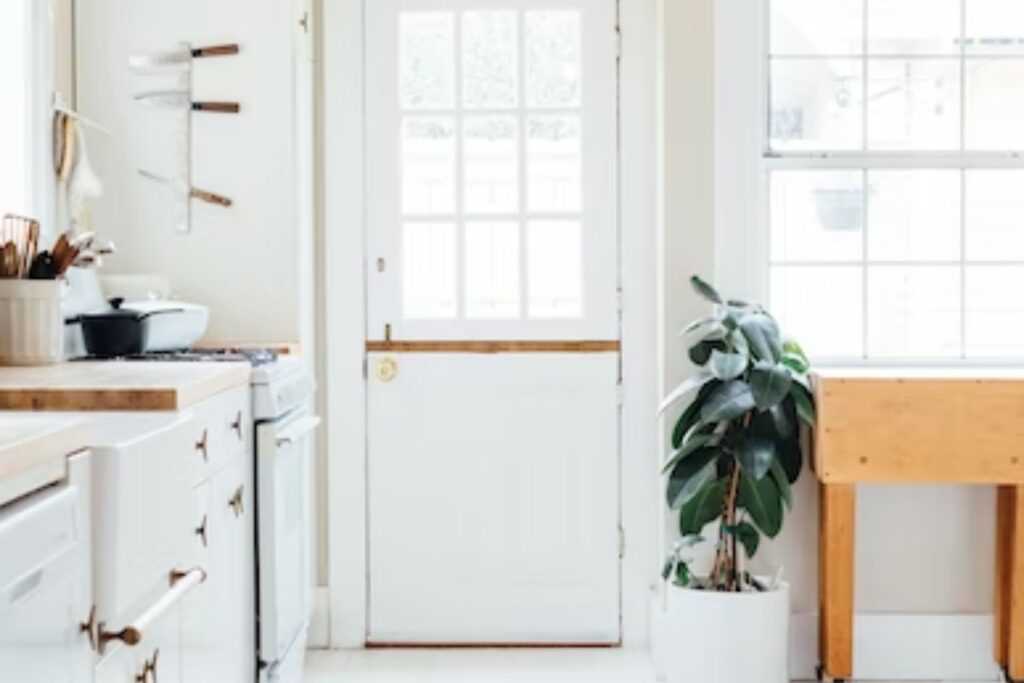
We are reader-supported. When you buy through links on our site, we may earn an affiliate commission.
For many reasons, buying multifamily properties is becoming an increasingly popular form of real estate investment. This lucrative strategy can help improve an investor’s cash flow, boost income through (mostly) passive means, and grow one’s portfolio—all with a single real estate transaction.
Before acquiring your first residential multifamily unit, you should understand the basics and its potential risks and rewards. This will allow you to make informed decisions that, in turn, will help you achieve a positive rate of return from your investment.
How to Start Investing in Residential Multifamily Property
In this article, we’ll go over the step-by-step process of investing in multifamily property and share tips on how to get started even if you have limited funding.
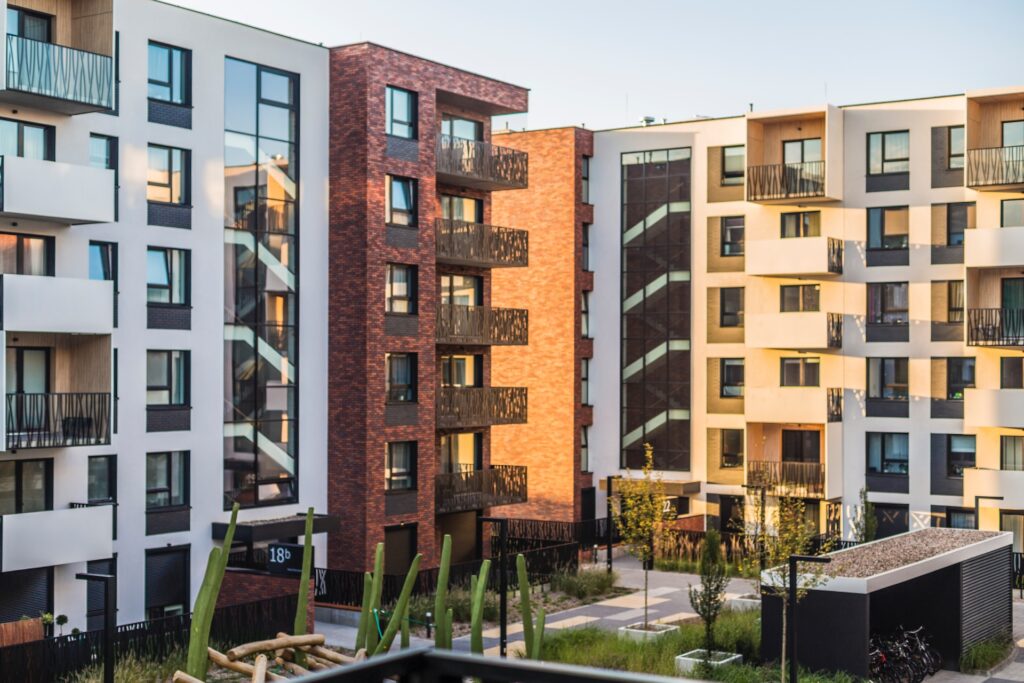
Determine Your Budget
Multifamily investment offers plenty of benefits. Compared to single-family units, it can provide an additional source of income. However, the upfront costs can be quite steep. Sure, the down payment for the mortgage can be manageable, but you’ll also have to consider closing costs and any immediately required maintenance.
As a result, it’s best to set a budget before everything else. To do that, start by determining how much money you’re willing to put into this investment. While crunching the numbers, you also need to account for inevitable maintenance and unexpected costs (e.g., additional repairs) that may arise.
Remember: Overestimating your expenses is always better than underestimating them. A bigger cash reserve than you need will come in quite handy if you need it!
Research the Different Types of Residential Multifamily Property
The three main types of residential multifamily property are duplexes, triplexes, and fourplexes. The difference between ‘plex units and apartment complexes is that the former has a separate entrance to each unit, while the latter only has one. Not only that, financing apartment blocks would fall under commercial lending – outside of the scope of this article.
Before deciding on a property type, you’ll want to consider which will best fit your financial goals. As you do your due diligence, you may realize that one type of property is a better match for you than another.
Location, Location, Location!
Once you’ve decided on your budget, the next step is to research potential neighborhoods in your area that will likely bring in profit. As the old saying goes, buy the cheapest home in the best neighborhood. Well, it’s not quite that simple. You’ll want to evaluate the rental market in the target location, including the average rental rates, vacancy rates, employment rates, and price per rental unit.
You can find this information from the U.S. Bureau of Labor Statistics and the U.S. Census Bureau. But if you’d rather discuss the numbers with someone, talking to a local realtor will help.
Choose Your Lender
Funding your real estate investment can be challenging, especially if you’ve got a family. Indeed, things like old student loans, car loans, etc., will eat into your budget. This translates to less buying power.
Fortunately, there are a couple of loan programs you can check out if you need help in financing your residential property purchase:
Federal Housing Administration Loan
The FHA backs loans for aspiring investors with limited cash or low credit score. The good thing about FHA-insured mortgage loans is that you can buy a property with as little as 3.5% down. Also, underwriting standards are reasonable.
In exchange for the low down payment option, individuals who go the FHA route must pay a mortgage insurance premium and live in one of the units.
Neighborhood Assistance Corporation of America Loan
NACA is a nonprofit organization that aims to make homeownership accessible to individuals earning low to moderate income. Qualified borrowers can obtain a mortgage with extended payment terms, usually 15 or 30 years.
With a NACA mortgage, you don’t have to make a down payment, spend on closing fees, or buy private mortgage insurance. The organization doesn’t even check your credit score. Rather, NACA relies on “character-based lending” and subjects applicants to a debt-to-income test (to ensure they can easily afford their payments).
As a result, NACA mortgages offer below-market and fixed interest rates and work for virtually every residential property type.
However, all these perks come with several trade-offs. Like FHA loans, the NACA mortgage program limits the price of the property you can buy and requires you to occupy it for the duration of the mortgage. The application process also takes an average of three months, which may put off buyers looking to invest immediately.

Alternative Ways to Finance Your Property
Some people are discouraged from investing in residential real estate due to the hefty down payment required for a multifamily property. Luckily, there are several strategies you can use to shrink the down payment on your desired unit.
Owner Financing
Another way to score a low down payment on a multifamily property is to borrow owner financing from the seller. In this current environment, it’s entirely possible that the owner has a lower mortgage rate than what you could get today. If the owner is in a position to offer financing, they could pass on this lower rate to you for a predetermined period of time.
With traditional real estate transactions, buyers pay sellers cash to gain property ownership. But with seller financing, the seller lends the buyer money, and the latter will then be required to repay the sellers according to their agreed terms.
The loan term, upfront fees, and amortization period can usually be negotiated with the seller.
Partner With Trusted Family and Friends
Instead of going into the deal alone, you can bring in family, friends, or associates as part of a multifamily syndication deal.
A real estate syndication means you and your partners will pool money together to acquire property. As you’ll be living in the property and taking care of it, you could be entitled to a lower share of the down payment. Remember that as your co-investors, they will also share in the monthly profits and any realized capital gains when the property is sold.
Make an Offer
Once you’ve established your budget or secured financing, it’s time to make an offer. For this step, you’d want to get the help of your realtor, who can provide you with helpful insight and advice when making an offer.
Before sending off your agent to meet with the seller, ensure you’ve established the highest offer you’re willing to make based on your budget and mortgage limit. Counteroffers are pretty common, so you should expect to undergo a few rounds of renegotiation.
If the seller responds favorably to your offer, you’ll open escrow!
Renovate the Property
Once the deal is closed, you can start renovating your new residential multifamily (if necessary) and make it livable before offering it to the public.
First, tick off any repairs in your inspection report and ensure your property adheres to local building codes.
Investing in cosmetic upgrades such as light fixtures, new doorknobs, a fresh coat of paint, and cabinet pulls will make your unit more attractive to tenants and can justify a higher rent. These upgrades will also help boost your overall net operating income.
Next, decide if you want to become a landlord or hire a property manager who will handle the daily operations of your rental on your behalf. If you don’t have the time (or desire) to personally deal with tenants or attend to any potential issues that may arise, outsourcing the work might be a better option.
The Bottom Line
Buying a residential multifamily property is like starting a business. It can be both a risky and rewarding endeavor. But if you dive into it with a solid plan at every step of the process, you can increase your chances of generating a high return on your efforts and investment.
This is an article authored by Rick Orford from RickOrford.com
Rick is a two time best selling author (his books have become Wall Street Journal, USA Today, and Amazon best sellers), investor, and mentor. His work has appeared in the most authoritative publications, including Good Morning America, Washington Post, Yahoo Finance, MSN, Business Insider, NBC, FOX, CBS, and ABC News.




